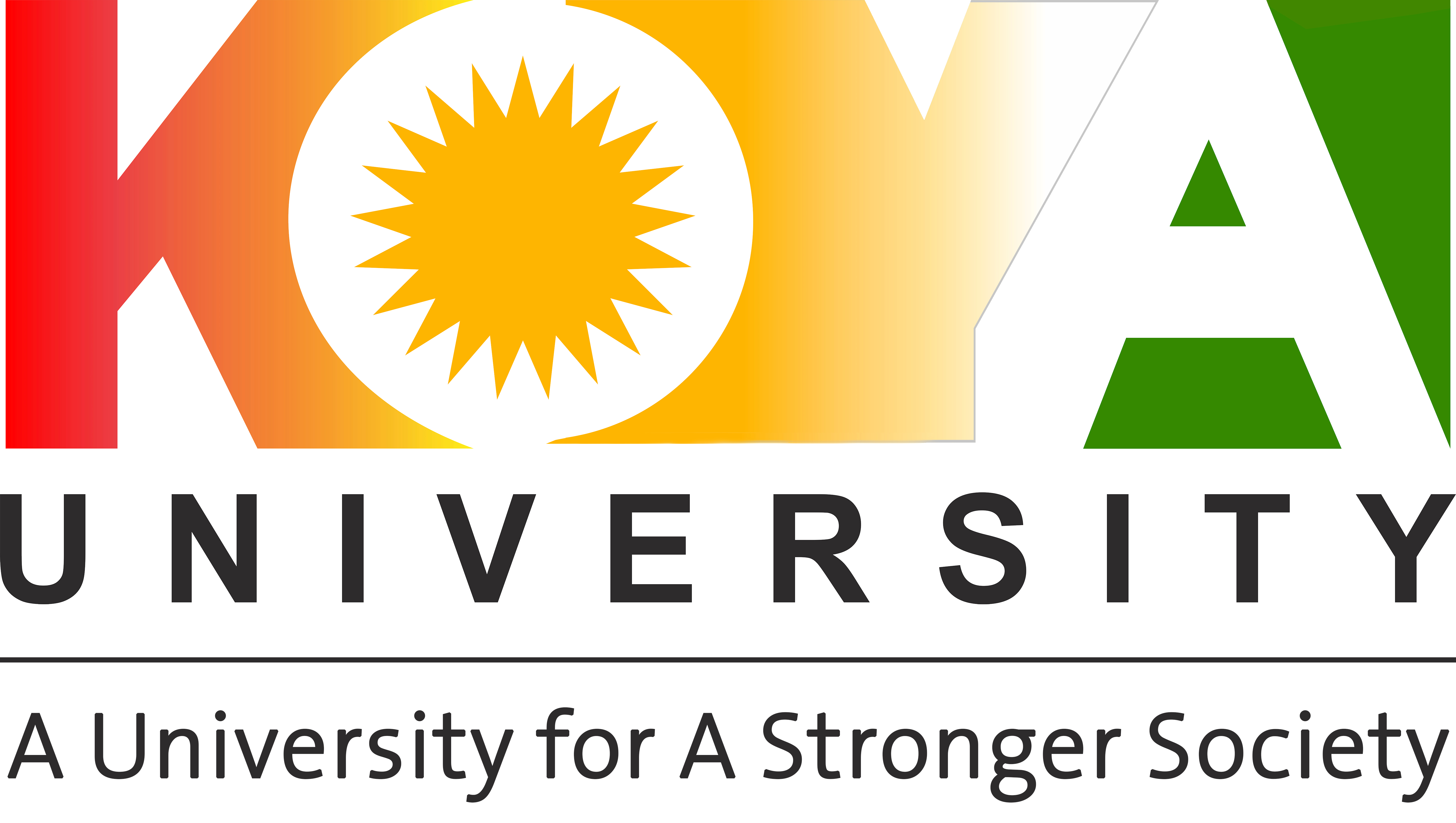
MESSAGE FROM THE UNIVERSITY PRESIDENT
PILLARS OF THE STRATEGIC PLANPILLAR I: STUDENT SUCCESS AND EMPLOYABILITY
PILLAR II: RESEARCH AND INNOVATION
PILLAR III: COMMUNITY OUTREACH
PILLAR IV: RESOURCE DEVELOPMENT
PILLAR V: INTERNATIONALIZATION AND GLOBAL VISIBILITY

